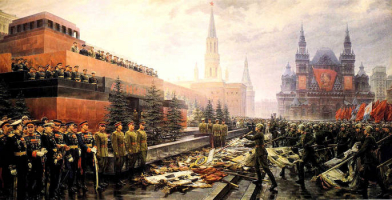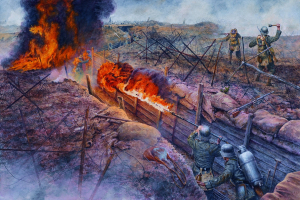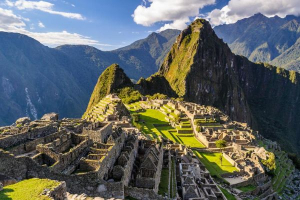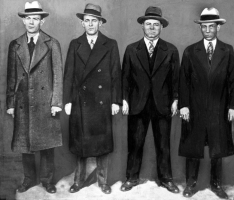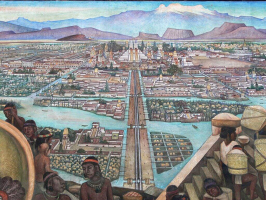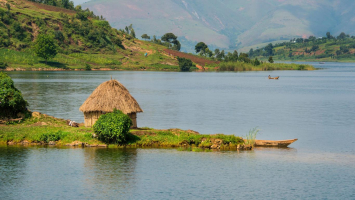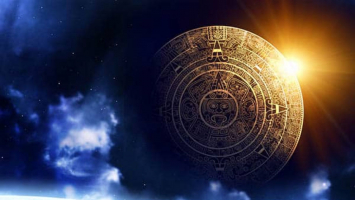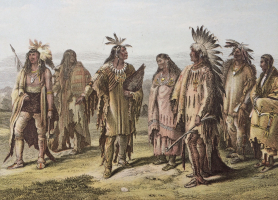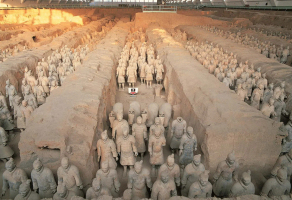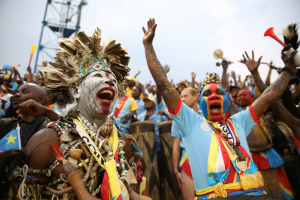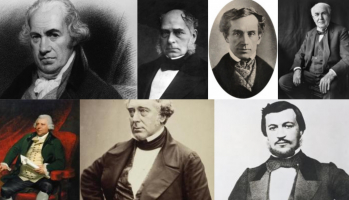Top 10 Often Forgotten Phases of the 20th Century
According to popular belief, the 20th century was a time of global peace and technological advancement when we constructed the computer and finally made it to ... read more...space. However, a closer examination reveals that this optimistic outlook may not be true, at least not for everyone. While it's true that some regions of the world, at least in the post-war era, had unheard-of growth and stability at this time, for many others it was a turbulent, dark time.
-
Even while contemporary history books barely pay it the same attention as, say, the Pacific and western European theaters, the Second World War's eastern front was undoubtedly the biggest military conflict in history. It's fair to say that this was the front where the war was really fought and determined, spanning across a stretch that was, at its broadest, more than 1,000 miles long, with a total of almost 400 Red Army and German divisions.
Even though a large portion of it is only recognized as a number in post-war statistics, the eastern front also witnessed some of the worst crimes in the whole conflict. Nazi atrocities were committed here not only against the Jewish community but also against other groups like the Roma, Russians, Poles, prisoners of war, and others. Massacres carried out by German death squads and local collaborators were prevalent in occupied countries, and they were frequently done in filthy, horrible ways. With little historical precedent for its size or cruelty, the war in the east was fought as a battle of total annihilation in contrast to the west.
Date: 22 June 1941 – 8 May 1945(3 years, 10 months, 2 weeks and 2 days)
Location: Europe east of Germany: Central and Eastern Europe, in late stages: Germany and Austria
Result: Soviet victory as part of the Allied victory in the European theatre of World War II- Fall of the Third Reich
- Beginning of the Cold War and creation of the Eastern Bloc and the Iron Curtain
- Beginning of anti-Communist insurgencies
Territorial changes: Soviet occupation of Central and Eastern Europe
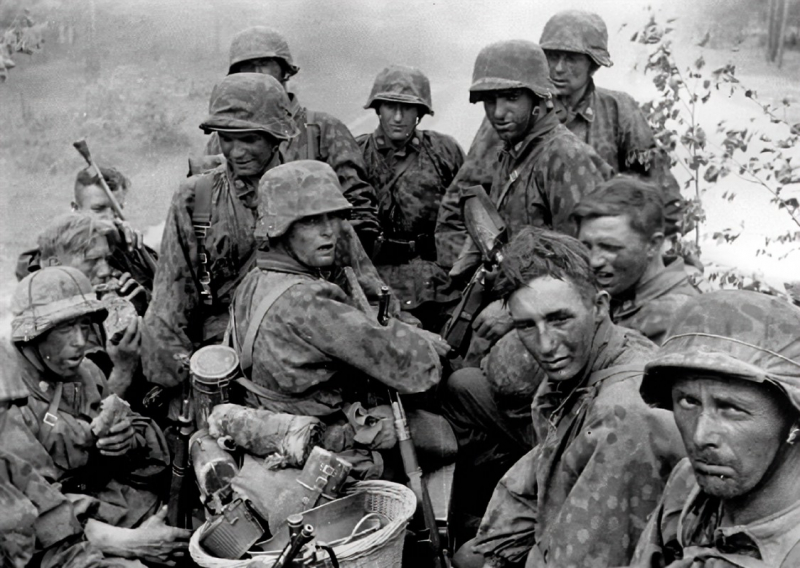
http://knowledgeglue.com 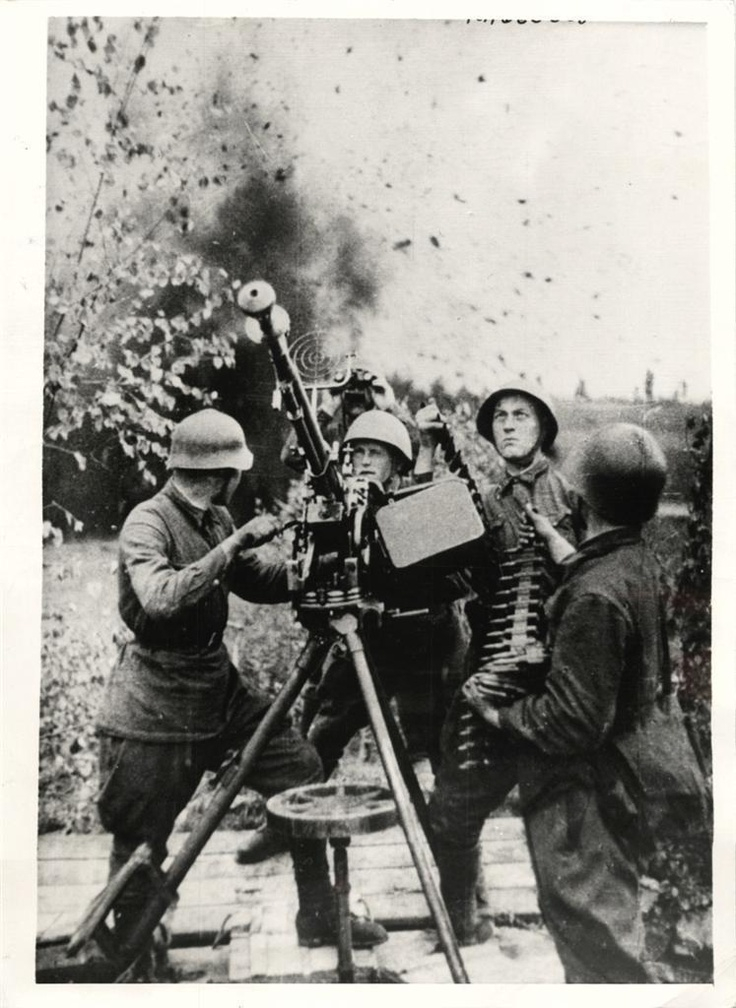
http://knowledgeglue.com/ - Fall of the Third Reich
-
Congo was totally governed as a privately owned corporation by Belgian King Leopold II from 1885 to 1908. It was the only private colony in history with its own private army and local militias to govern the wealthy resources of the area. It was known as the Congo Free State. Extreme brutality was used against the indigenous populace during this time, to the point where a number of foreign empires, notably European colonial powers using the same tactics in their own colonies, had to band together and intervene to put an end to it.
The Congolese population dropped from around 20 million to 10 million during this century, however the exact numbers are in dispute. Native Americans were frequently kidnapped and made to labour for resources like rubber and ivory. Leopold's forces kept a severe, harsh check on productivity in locations like the plantations and mines, where torture, sexual abuse, amputations, and fatigue were frequent occurrences. There were a few rebellions, but they were frequently put down brutally and were then followed by attacks on the local populace as retaliation.
Date: 1908~1960
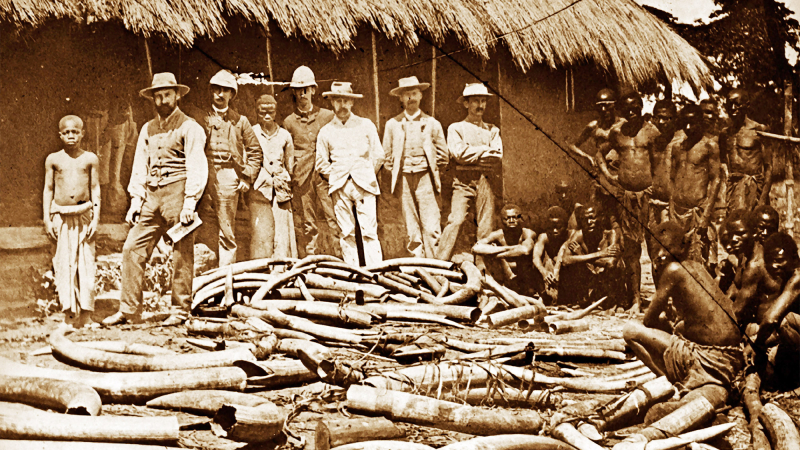
https://www.livescience.com/ 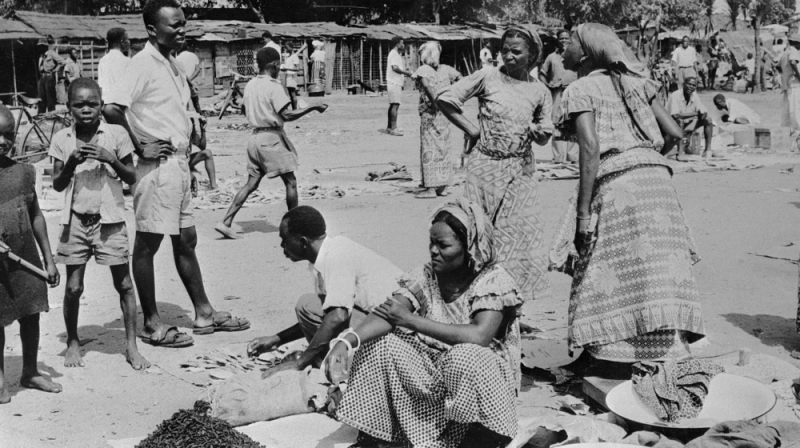
https://www.aljazeera.com -
Though it receives far less emphasis in modern interpretations of 20th-century history, the First World War was just as full of horrors and terrible moments as the Second. The Ottoman empire's collapse, which was followed by heinous acts of bloodshed and efforts of ethnic cleansing throughout the new lands, was among the darkest.
Even though there is considerable debate in Turkey over whether they qualify as genocides, some historians see them as part of a continuous succession known as the Late Ottoman Genocides. Even while the genocide against the Armenians is still remembered and discussed, there was also brutality against Assyrians, Greeks, Kurds, Arabs, Jews, and other groups.
Old ethnic tensions between communities and the new geopolitical conditions of the region led to numerous atrocities, many of which were committed by the armed forces of the newly formed states as the vast empire that once stretched across eastern Europe, northern Africa, and the Middle East crumbled and made way for new nations.
Date: 1910s–1920s
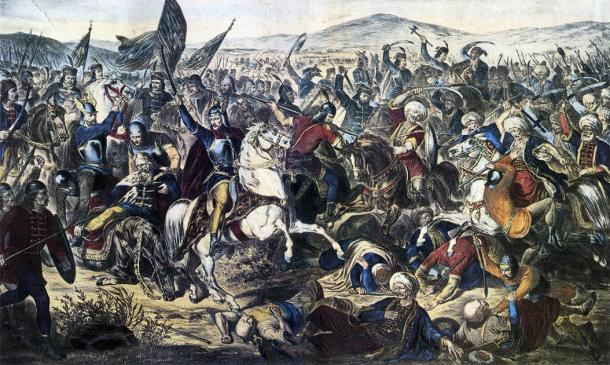
https://www.ancient-origins.net/ -
The long-held British colony ultimately gained independence when India was split up into the modern states of Hindu-majority India and Muslim-majority Pakistan in August 1947. Even though it was a time to rejoice, this time period is today recognized for the extensive violence that occurred on both sides of the border, which led to one of the worst humanitarian catastrophes of the 20th century.
As a number of Hindus, Sikhs, and Muslims on both sides of the border started one of the biggest mass migrations in human history, more than two million people perished. The violence, nearly all of which was directed at the civilian population, would result in the displacement of more than 14 million people. Despite the fact that it is not officially recognized as a genocide, some British soldiers and journalists who were present at the time afterwards said it was worse than the Nazi concentration camps.
Date: 14–15 August 1947
Location: Indian subcontinent
Cause: Indian Independence Act 1947
Outcome: Partition of British India into two independent Dominions, India and Pakistan, sectarian violence, religious cleansing, and refugee crises
Deaths: 200,000–2 million
Displaced: 10–20 million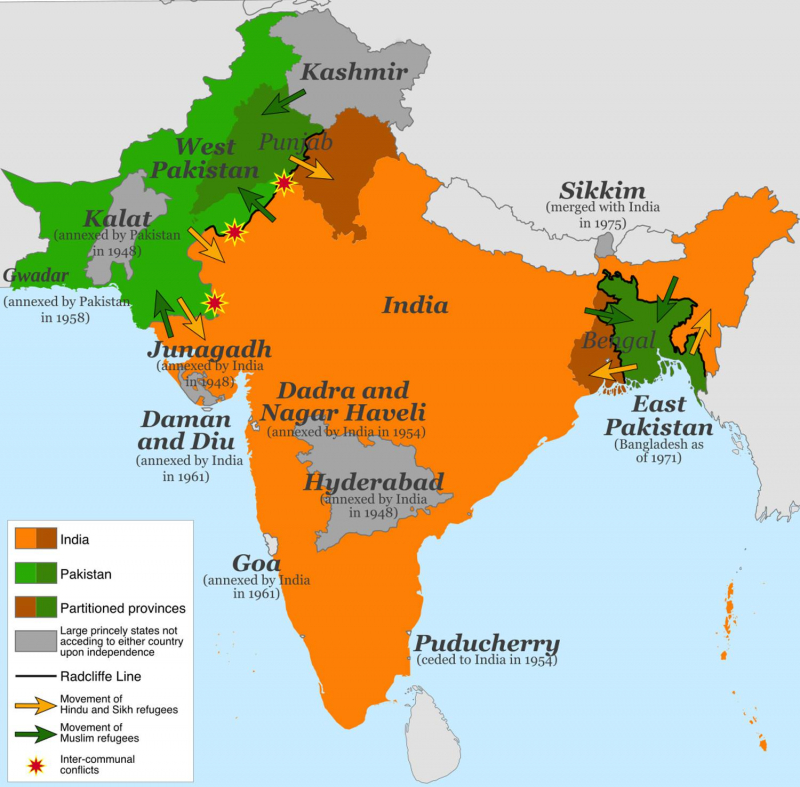
https://www.thoughtco.com/ 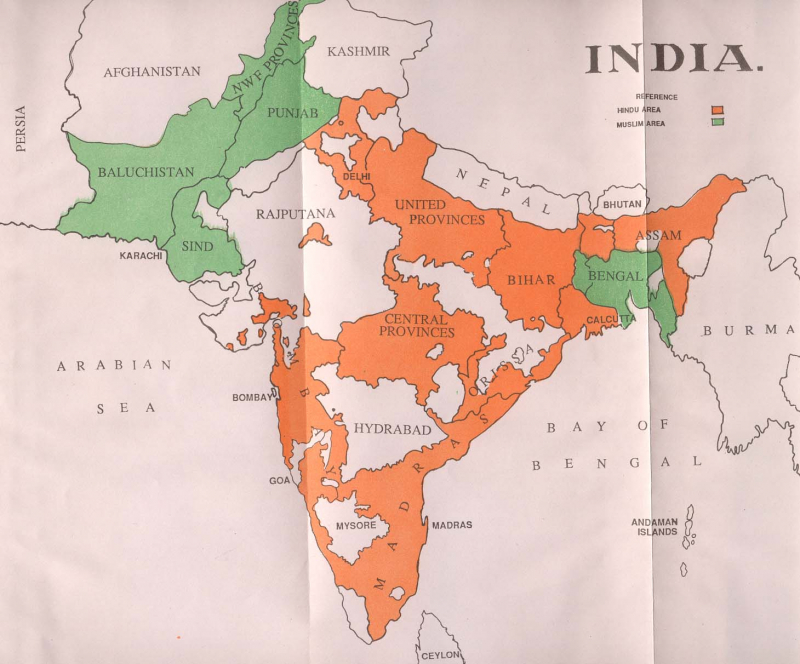
http://ratthes.blogspot.com/ -
Germany had one of the largest colonial empires in the world at the turn of the 20th century, and practically all of it was in Africa. The Herero and Namaqua tribes of Namibia experienced what many historians today regard as the first genocide of the 20th century between 1904 and 1907; nearly all of it was carried out by professional German forces. According to the statistics, more than 80% of Hereros and 50% of Namaquas were exterminated, frequently in cruel, horrible methods that would be repeated in numerous conflicts and concentration camps up until the end of World War 2.
From the German perspective, it was a war of annihilation, fought to utterly eradicate the native population and replace them with German settlers. Despite the Herero's first resistance, the Germans' overwhelming weaponry swiftly put an end to it, and some of the worst atrocities against a native population in colonial European history followed. Some of them were made to work in concentration camps until they died, while others were tortured, used in experiments, raped, and even beheaded. Others were made to march into the desert and die of famine or heat.
Location: German South West Africa(modern day Namibia)
Date: 1904–1908
Target: Herero and Namaqua peoples
Attack type: Genocidal massacre, starvation, concentration camps, human experimentation, extermination through labour
Deaths:
- 24,000 to 100,000 Hereros killed
- 10,000 Namaqua killed
Perpetrators: Lieutenant General Lothar von Trotha and the German colonial forces
Motive: Collective punishment, German colonialism, German imperialism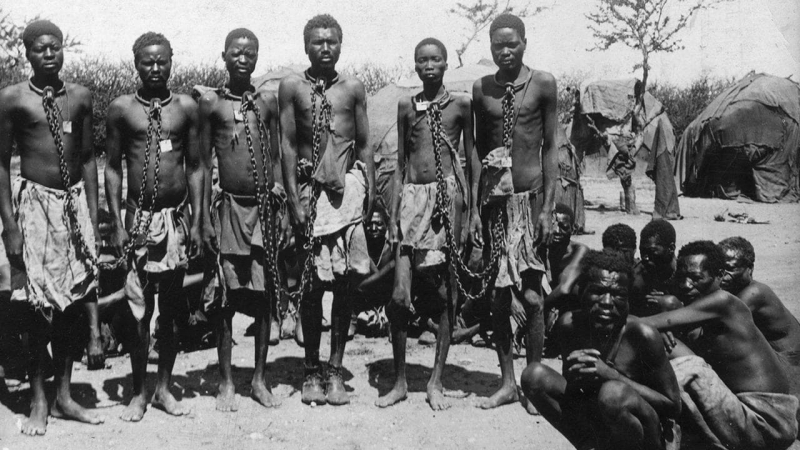
http://atlantablackstar.com - 24,000 to 100,000 Hereros killed
-
On September 22, 1980, Iraqi forces launched a full-scale invasion of Iran, starting a war that would be characterized by extensive use of violence against people and brutal killing techniques such chemical strikes. The Iran-Iraq war, which lasted almost eight years until a cease-fire in 1988 (though an official peace deal wasn't signed until August 16, 1990), was undoubtedly one of the longest confrontations of the 20th century.
Even while the conflict is largely forgotten outside of the immediate regions in which it was fought, it would have a significant impact on geopolitics in the Middle East and elsewhere. Both on the battlefield against Iranian soldiers and against civilians, Iraq made disproportionate use of its chemical weaponry. In March 1988, a large chemical strike in the Kurdish-Iraqi town of Halabja resulted in the deaths of between 3,000 and 5,000 people. This brutality was also directed against the Kurdish fighters inside Iraq.
Date: 22 September 1980 – 20 August 1988(7 years, 10 months, 4 weeks and 1 day)
Location: Iran, Iraq, Persian Gulf
Result: Stalemate; both sides claim victory- Iraqi failure to capture Iranian territories and bolster Arab separatism in Iran's Khuzestan Province
- Iranian failure to topple Saddam Hussein and destroy Iraqi military power as well as inspire sectarian divide in Iraq
- United Nations Security Council Resolution 598 cease-fire
Territorial changes: No territorial changes; observed by United Nations Iran–Iraq Military Observer Group as per United Nations Security Council Resolution 619
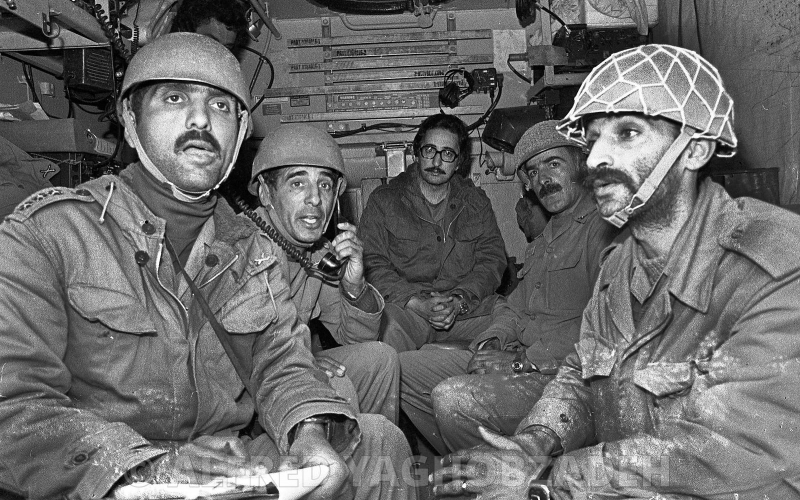
http://www.alfredyaghobzadehphoto.com/ 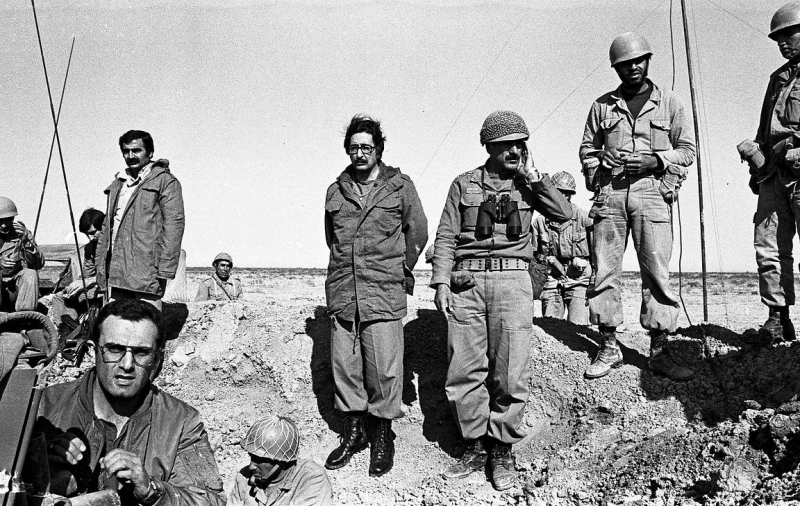
http://www.alfredyaghobzadehphoto.com - Iraqi failure to capture Iranian territories and bolster Arab separatism in Iran's Khuzestan Province
-
Though fighting had been going on in China for a lot longer, the Sino-Japanese War only started in 1937. Invading Manchuria in China in 1931 and creating the puppet state of Manchukuo, Japan set off a war that lasted until the fall of the Japanese empire in 1945.
Throughout the conflict, Japanese forces carried out several crimes across most of China. While some of them, such as the 1937 Nanking Massacre, in which the invading army tormented hundreds of thousands of residents in Nanking for six weeks, are well-known, others are now largely forgotten.
The main laboratory were located in Manchukuo, where Japan, like Germany, conducted extensive experimentation on the populace it had seized. TThe details are graphic since the studies were frequently conducted in spartan and cruel ways. The victims were typically captured war prisoners, many of whom would pass away during the experimentation within weeks.
Date: September 18, 1931 – February 28, 1932(5 months, 1 week and 2 days)
Location: Manchuria, China
Result: Japanese victory,
- Tanggu Truce
Territorial changes:
- Manchuria seized by the Kwantung Army
- Establishment of Manchukuo as a Japanese puppet state
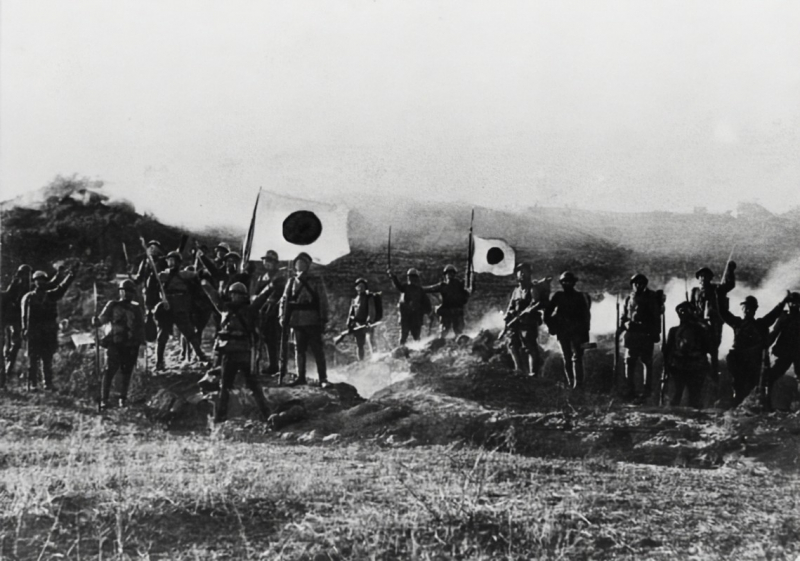
http://www.tmakiguchi.org 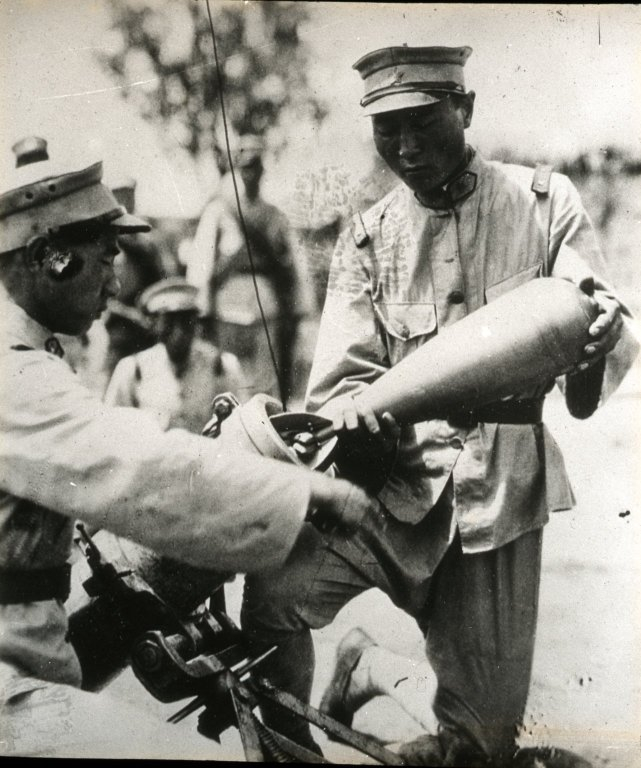
http://images.gmu.edu/ - Tanggu Truce
-
Most people are aware of the 1994 genocide in Rwanda, which saw the Hutus massacre more than 80% of the Tutsi minority after president Juvénal Habyarimana was assassinated. The immediate ramifications of this disaster on neighboring areas, particularly the Democratic Republic of the Congo, are, however, far less talked about.
Hutu's refugees in Congo endured a retaliation genocide by the now-Tutsi-led Rwandan government throughout 1996 and 1997. Multiple murders were carried out in the eastern region of the country during the First Congo War by rebels supported by Rwanda, primarily against Hutu refugees who had fled Rwanda following its civil war and native Congolese Hutus. Tens of thousands of civilians were massacred in an ethnic cleansing effort that would have a long-lasting influence on the region's politics and social ties. Brutal execution techniques were used.
Location: Kivu, Zaire
Date: October 1996 to May 1997
Target: Hutu refugees and Interhamwe
Attack type: Genocidal massacre
Deaths: Tens of thousands up to 200,000-232,000
Perpetrators:- Alliance des Forces
- Démocratiques pour la
- Libération du Congo-Zaïre
- Rwandan Patriotic Army
Motive: Anti-Hutu sentiment, revenge for the Rwandan genocide
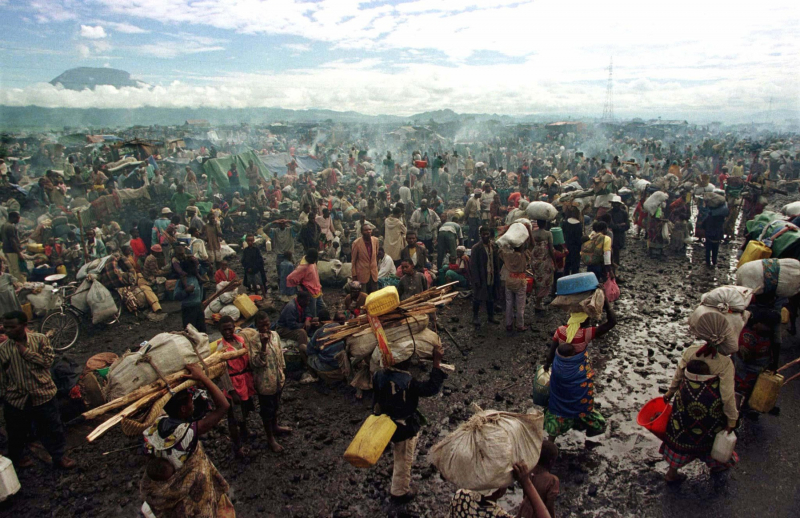
http://darkroom.baltimoresun.com 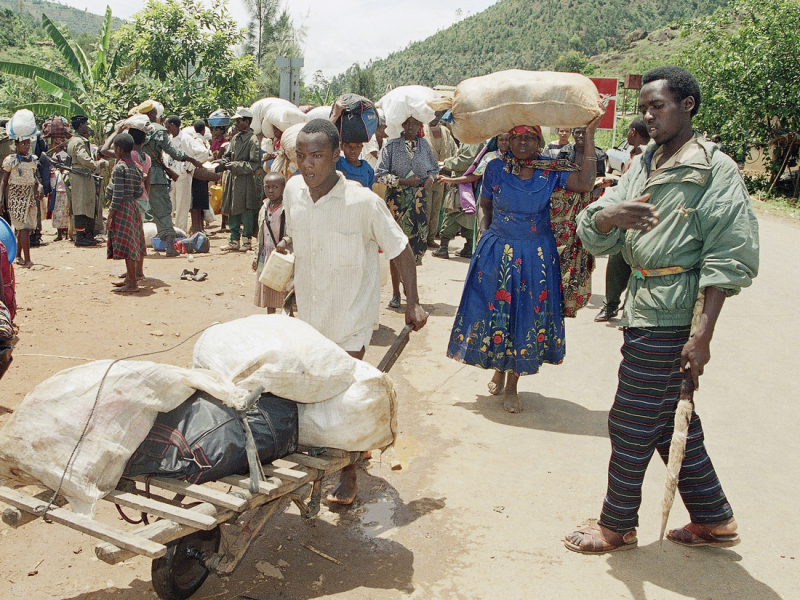
http://www.npr.org/ -
Leftist guerilla groups in the nation started a 36-year-long military campaign against the Guatemalan state in the aftermath of the revolution in Cuba in 1959. The conflict lasted the longest in modern Latin American history, costing hundreds of thousands of lives and leaving millions of people homeless.
The unprecedented violence perpetrated during the conflict against people, particularly those of Mayan heritage, is still remembered. Paramilitary murder squads that are associated with or directly controlled by the state and local landowners may be responsible for a large portion of the bloodshed. It involved the systematic devastation of towns, arbitrary execution, sexual assault, torture, and body mutilation.
The paramilitaries' counterinsurgency operations aimed at eradicating the rebel population marked the beginning of the conflict's darkest phase. In the worst-affected areas, between 70 and 90 percent of the population perished during this time; the U.N. has now recognized this as a genocide.
Date: 13 November 1960 – 29 December 1996(36 years, 1 month, 2 weeks and 2 days)
Location: Guatemala
Result: Peace accord signed in 1996
Territorial changes: Guatemala border
- Franja Transversal del Norte
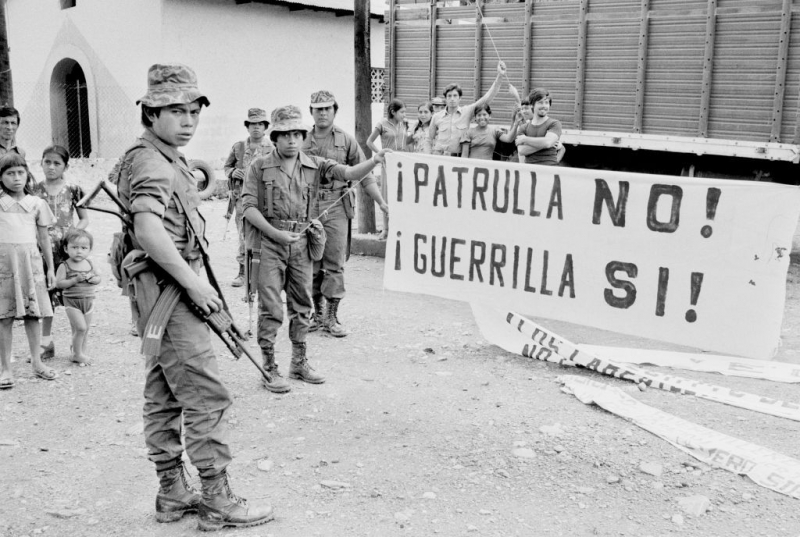
https://www.thoughtco.com 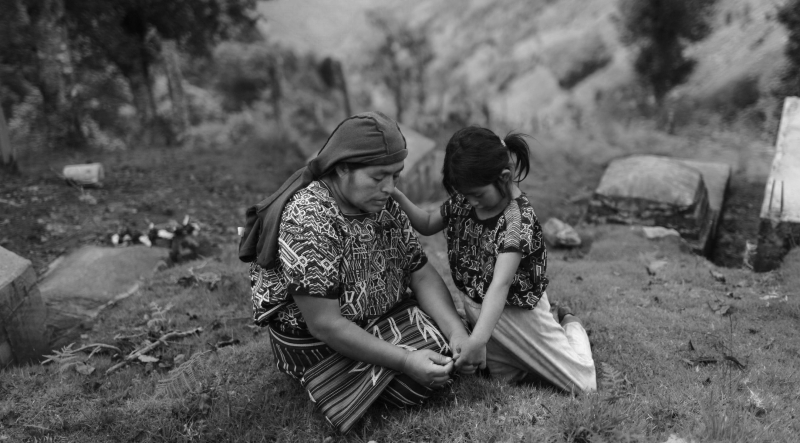
http://www.softblog.co/ -
Northern Ireland saw one of the worst insurgencies of the 20th century from the late 1960s to 1998. The violent clash between the unionist British and nationalist Irish populations in the area, which the UK had ruled since the 1920s, became known as the Troubles. It was a significant confrontation that, based on the numbers, would perhaps qualify as a war.
Over 3,500 individuals lost their lives during the incident when British-backed Ulster forces and rebel Irish paramilitaries like the Irish Republican Army (IRA) engaged in a bloody guerilla campaign against them. More than 47,000 individuals were hurt in the crossfire throughout the fight, the majority of whom were young adults, and there were several civilian deaths and losses.
Numerous high-profile murders occurred during this period, including that of Lord Mountbatten and Airey Neave, the British Shadow Secretary of State for Northern Ireland in 1979. The Good Friday Agreement in 1998 brought an end to the Troubles, although the bloodshed didn't halt entirely until 2007.
Date: Late 1960s–1998
Location: Northern Ireland, Violence occasionally spread to the Republic of Ireland, England and mainland Europe
Result:
- Military stalemate
- Good Friday Agreement (1998)
- St Andrews Agreement (2006)
- Withdrawal of British forces taking part in Operation Banner[9]
- Disarmament of paramilitary groups
- Continuing sporadic violence
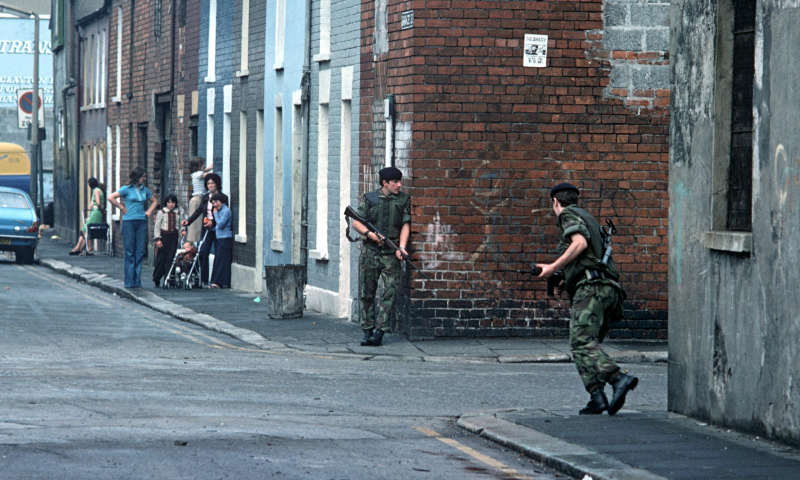
http://www.theguardian.com/ 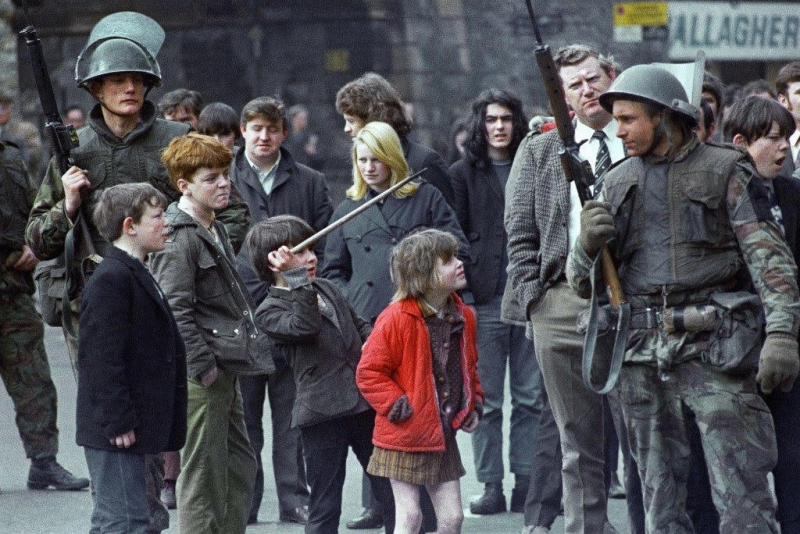
https://sheridantongue.com - Military stalemate












